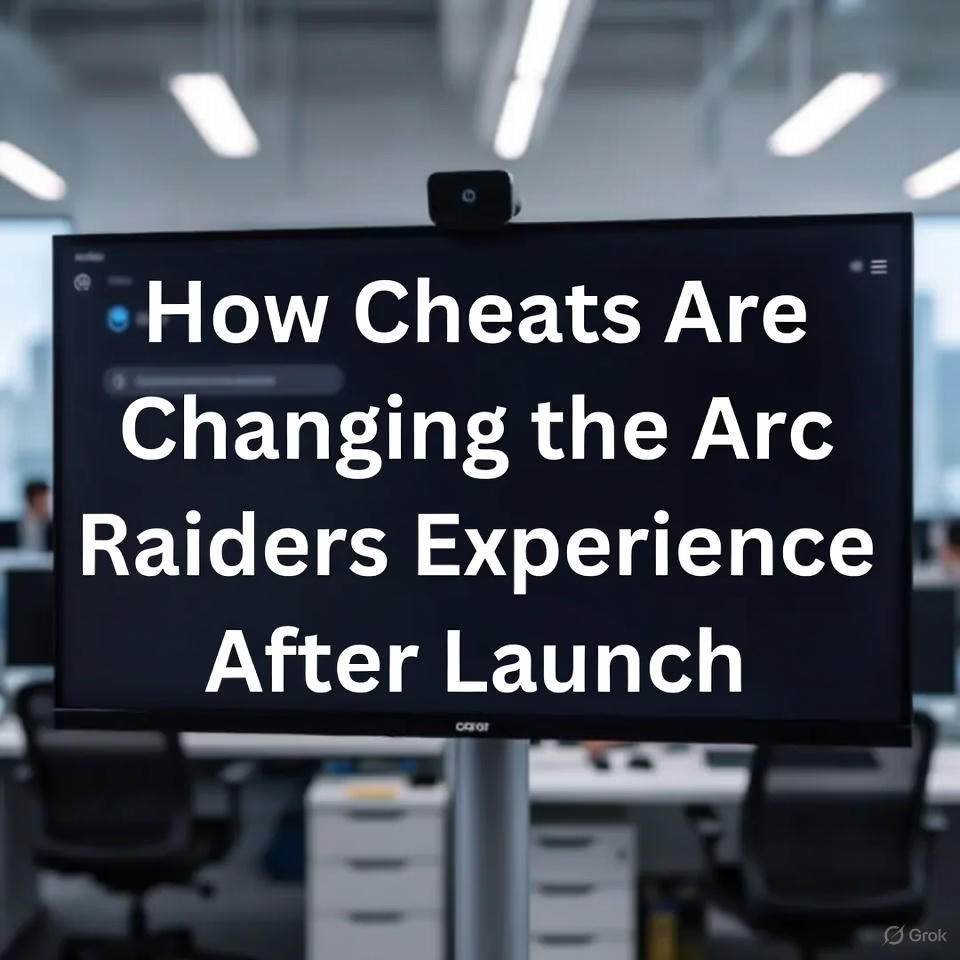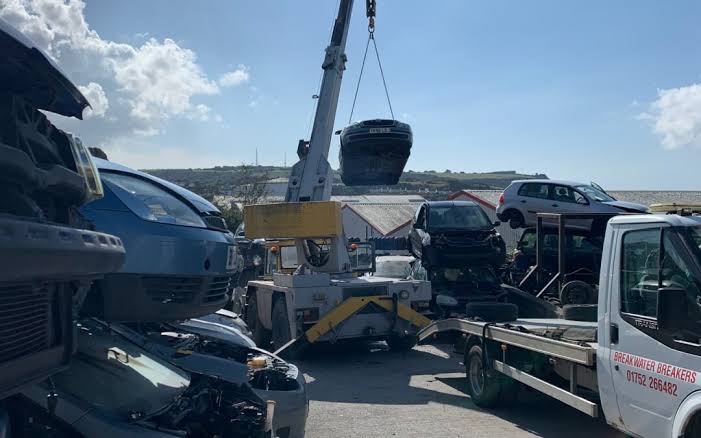Introduction
Jaw crushers play a fundamental role in the mining, aggregates, and construction industries. They are responsible for breaking down large stones, rocks, and ores into smaller, more manageable pieces. At the core of this machinery lies one critical component — the jaw plate.
Jaw plates are directly exposed to intense impact, severe abrasion, and continuous compression during crushing. Their wear rate significantly influences production efficiency, maintenance costs, machine downtime, and overall profitability. Therefore, understanding the key factors that affect the service life of crusher jaw plates is essential for quarry owners, mining operators, and equipment maintenance teams.
This guide covers the Top 10 most important factors influencing jaw plate performance and durability, helping you extend lifespan, reduce costs, and improve crushing efficiency.
1. Material of the Jaw Plate
The primary factor that determines jaw plate lifespan is its material composition.
1.1 High Manganese Steel
The most commonly used material is High Manganese Steel (Mn13, Mn18, Mn22) due to its:
- Excellent work-hardening ability
- High impact strength
- Good resistance to wear
Higher manganese percentages generally offer better wear resistance for harder materials.
1.2 Alloy Steel Jaw Plates
For specific applications, alloy steel jaw plates provide:
- Superior hardness
- High tensile strength
- Suitable for extremely abrasive rock
1.3 Chromium-Based Composites
These plates include chromium carbide inserts, offering:
- Ultra-high abrasion resistance
- Longer wear life in hard and abrasive environments
Selecting the right jaw plate material ensures maximum performance for a given rock type and crushing condition.
2. Rock Hardness and Abrasiveness
The hardness of the material being crushed is one of the most direct factors affecting jaw plate wear.
2.1 Harder Rocks Cause Accelerated Wear
Hard minerals such as:
- Granite
- Quartzite
- Basalt
- Iron ore
can rapidly wear down standard manganese steel plates.
2.2 Abrasive Content
The presence of silica, sand, or iron content increases friction and accelerates material loss.
2.3 Proper Plate Selection for Rock Type
For extremely hard rocks:
- Choose Mn22 or alloy steel plates
For medium-hard rocks: - Mn18 is typically ideal
Matching plate material to rock hardness increases service life dramatically.
3. Jaw Crusher Operating Speed
The RPM (rotations per minute) of the jaw crusher plays a significant role in wear rate.
3.1 Higher Speed = More Wear
At high speeds:
- Impact force increases
- Material compression is faster
- Abrasion intensifies
This leads to quick consumption of jaw plates.
3.2 Optimum Speed Improves Efficiency
Running the crusher at optimal speed:
- Improves crushing efficiency
- Reduces unnecessary stress on jaw plates
- Decreases maintenance frequency
Operators should always follow OEM speed recommendations to balance productivity and durability.
4. Feeding Method and Feeding Size
Improper feeding is one of the most common and preventable causes of rapid jaw plate wear.
4.1 Uneven Feeding
If material is fed to only one side:
- One jaw plate wears faster
- Crushing efficiency drops
- Crusher may become unbalanced
4.2 Oversized Material
Feeding material larger than the maximum recommended size causes:
- Excessive impact force
- Cracks in jaw plates
- Accelerated wear
4.3 Poor Feeding Control
Irregular feeding creates empty crushing strokes, which reduce work-hardening and increase wear.
Using a controlled, evenly distributed feed ensures longer jaw plate service life.
5. Crusher Settings (CSS and OSS)
The closed side setting (CSS) and open side setting (OSS) directly affect how the jaw plates interact with material.
5.1 Small CSS = Higher Wear
A tighter CSS increases friction, causing the plates to wear quickly.
5.2 Wide CSS = Lower Wear
A wider CSS reduces pressure on the plates but may lead to larger output sizes.
5.3 Optimizing CSS
Operators should balance:
- Desired output size
- Wear rate
- Productivity
Correct CSS adjustment significantly increases jaw plate lifespan.
6. Jaw Plate Design and Profile Selection
Jaw plates come in different profiles, each suited for different crushing needs.
6.1 Common Jaw Plate Profiles
- Standard Tooth
- Super Tooth
- Corrugated Tooth
- Wide Tooth
- Sharp Tooth
6.2 How Profile Affects Wear
Aggressive profiles increase bite force but wear faster.
Thicker profiles last longer but may reduce throughput.
6.3 Choosing the Right Profile
For hard rocks:
- Use thicker, more durable profiles
For softer rocks:
- Use aggressive profiles for better crushing efficiency
Selecting the right jaw plate profile improves crushing performance and longevity.
7. Machine Condition and Maintenance Practices
Jaw crusher condition directly influences jaw plate wear.
7.1 Loose Bearings or Worn Components
Worn internal parts create:
- Misalignment
- Uneven pressure
- Increased vibration
All of which accelerate jaw plate wear.
7.2 Poor Lubrication
Improper lubrication:
- Increases friction
- Reduces efficiency
- Causes premature failure
7.3 Routine Inspections
Regular maintenance identifies:
- Cracks
- Loose fasteners
- Abnormal wear
Before they cause catastrophic damage. Good maintenance equals longer jaw plate life.
8. Work-Hardening Process
High manganese steel relies on work-hardening to improve wear resistance.
8.1 What Is Work-Hardening?
When manganese steel experiences repeated impact, the surface becomes harder while the inside remains tough.
8.2 Factors Affecting Work-Hardening
- Impact energy
- Material hardness
- Operating speed
- Feed size consistency
8.3 Insufficient Work-Hardening
If the crusher is under-utilized (light load), the plates will not harden properly, leading to rapid wear.
Jaw crushers should operate under proper load for maximum lifespan.
9. Moisture Content and Environmental Conditions
Environmental factors also influence jaw plate wear.
9.1 High Moisture Content
Wet or muddy material causes:
- Increased material adhesion
- Build-up inside the chamber
- Reduced crushing efficiency
Which increases stress on jaw plates.
9.2 Dust and Contaminants
Dust accelerates abrasive wear on the plates.
9.3 Corrosive Environments
Chemical-laden materials can corrode alloy-based jaw plates.
Selecting corrosion-resistant materials is essential for certain environments.
10. Quality of Manufacturing and Heat Treatment
Even the best material fails without proper manufacturing.
10.1 Precision Casting
High-quality plates require:
- Correct chemical composition
- Uniform metallurgical structure
- Tight dimensional tolerances
10.2 Heat Treatment
Proper heat treatment ensures:
- Hardness
- Toughness
- Wear resistance
Inferior heat treatment leads to weak, brittle plates that wear or break prematurely.
Working with reputable manufacturers, including high-quality suppliers like Econe Wear Parts, significantly improves jaw plate durability and overall crusher performance.
11. High-Quality vs. Low-Quality Jaw Plates: A Practical Comparison
Choosing the wrong jaw plate supplier can dramatically increase your production costs. Understanding the difference between high-quality and low-quality plates is essential.
11.1 High-Quality Jaw Plates
- Made from certified Mn13, Mn18, or Mn22 steel
- Precisely cast using controlled melting processes
- Heat-treated to achieve optimal hardness
- Uniform grain structure for improved toughness
- Accurate machining ensures perfect fit
- Undergo chemical composition and hardness testing
These features ensure longer wear life, fewer breakdowns, and consistent performance.
11.2 Low-Quality Jaw Plates
- Made from cheap recycled steel with impurities
- Inconsistent manganese levels
- Poor casting creates cracks, air pockets, or weak areas
- Incorrect hardness (too soft or too brittle)
- Rough machining leads to improper fit
- No quality control testing
These plates may be cheaper, but they:
- Wear out extremely fast
- Break under impact
- Damage jaw crushers
- Increase downtime and maintenance cost
The hidden cost of low-quality plates is significantly higher than the upfront savings.
12. Practical Tips to Extend the Service Life of Jaw Plates
Maximizing jaw plate life depends not only on material quality but also on operating techniques.
12.1 Maintain an Even Feed Distribution
Always feed material:
- Across the full width of the crushing chamber
- At a consistent rate
- Without surges or starving conditions
Uneven feed causes one side to wear faster than the other.
12.2 Avoid Feeding Oversized Rocks
Oversized materials lead to:
- Severe impact loading
- Plate cracking
- Stress concentration
Pre-screening helps remove excessively large rocks.
12.3 Optimize CSS Setting
Regularly check and adjust the CSS to:
- Maintain desired output size
- Reduce pressure on plates
- Improve crushing efficiency
12.4 Keep the Chamber Full
Jaw crushers perform best when working under full load because:
- It increases work-hardening
- Reduces high-impact empty strokes
- Improves wear pattern uniformity
12.5 Rotate Jaw Plates
Flipping or rotating jaw plates when one side is worn:
- Extends total lifespan
- Ensures balanced wear
- Reduces unnecessary replacement costs
12.6 Use the Right Plate Profile
Profiles must match application requirements:
- Hard rock → thick, heavy-duty profiles
- Soft rock → aggressive profiles for better grip
12.7 Maintain Proper Lubrication
Lubrication reduces friction and protects internal components, helping jaw plates work more efficiently.
13. Signs That Your Jaw Plates Need Replacement
Replacing plates at the right time avoids costly damage to the crusher.
13.1 Reduced Crushing Efficiency
If material is not reaching the expected size, plates may be worn.
13.2 Excessive Vibration
Uneven wear causes imbalance and shaking.
13.3 Deep Grooves or Sharp Ridges
A clear indicator of excessive wear and reduced grip.
13.4 Excessively Thinned Plate
When plates approach minimum thickness, they risk breakage.
13.5 Increased Power Consumption
Worn plates often require more energy to crush material.
Replacing plates in time avoids:
- Cracked frames
- Damaged bearings
- Unexpected downtime
14. How to Choose the Right Jaw Plate Supplier from China
China is the world’s largest manufacturing base for crusher wear parts. However, suppliers vary in quality, price, and reliability. Choosing the right partner is essential.
14.1 Check Their Material Certificates
A trustworthy supplier should provide:
- Mill certification
- Composition analysis
- Heat-treatment reports
These documents confirm material quality.
14.2 Verify Manufacturing Capabilities
A reliable manufacturer should have:
- Precision casting technology
- Advanced heat-treatment systems
- CNC machining centers
- Laboratory testing equipment
These ensure consistent and durable jaw plate production.
14.3 Request Sample or Trial Order
Ordering a small batch:
- Helps verify hardness and composition
- Tests real wear life on your crusher
- Reduces procurement risks
14.4 Read Customer Feedback and Case Studies
Experienced suppliers often have:
- International customer references
- Mining and quarry project examples
- Testimonials proving performance
14.5 Evaluate Pricing vs. Value
Be cautious with extremely low-priced products.
Cheap plates often cost 5–10 times more in long-term operational loss.
14.6 Check Export Experience
Seasoned exporters understand:
- Customs documentation
- Incoterms
- International packaging
- Shipping safety
This ensures smooth delivery without delays.
15. Why Econe Wear Parts Is a Trusted Supplier for Jaw Plates
Econe Wear Parts specializes in high-manganese steel and alloy steel crusher wear components, supporting global mining and quarry operations.
15.1 Advantages of Choosing Econe
- Certified Mn18 and Mn22 materials with guaranteed composition
- Strict heat treatment for maximum wear resistance
- Precision CNC machining for perfect fit
- Professional QC tests including hardness, impact, and metallography
- Customized jaw plate profiles for different applications
- Fast delivery, stable supply capacity, competitive pricing
15.2 Engineered for Longer Service Life
Econe jaw plates deliver:
- Longer wear life
- Safe and stable crushing
- Reduced downtime
- Lower total cost per ton
If you want durability, efficiency, and long-term cost savings, Econe Wear Parts provides jaw plates you can rely on.
Conclusion
The service life of crusher jaw plates is influenced by many factors — including material selection, rock hardness, crusher settings, feeding method, environmental conditions, and overall maintenance.
Understanding these factors helps mining and quarry operators:
- Reduce operational costs
- Improve productivity
- Minimize downtime
- Maximize return on investment
By choosing high-quality jaw plates and maintaining optimal crushing conditions, businesses can dramatically improve wear life and reduce unexpected failures.
For companies looking for reliable, durable jaw plates, partnering with a professional supplier like Econe Wear Parts ensures consistent quality, technical support, and long-term performance.






